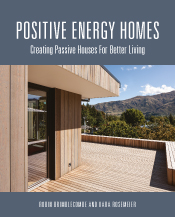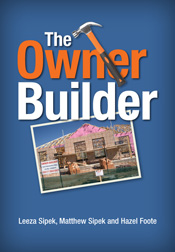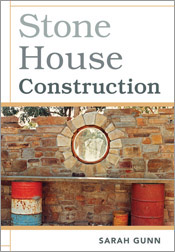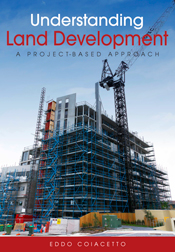Landscape and Building Design for Bushfire Areas
By: Caird Ramsay, Lisle Rudolph
A practical guide that will assist in actively planning for prevention of property loss in bushfires.
Shortlisted in TAFE Vocational Education category in the 2004 Australian Awards for Excellence in Educational Publishing. + Full description
The devastation wreaked by bushfires on Australian homes and landscapes is an all too familiar scenario. Yet, why do we often see one house burn, whilst an apparently similar house on an adjacent block can endure? Research has shown that many factors affect the chances of a building surviving a bushfire. If you are designing landscapes and buildings in bushfire areas you need to be aware of these factors so that the chances of losses to life and property can be minimised.
Landscape & Building Design for Bushfire Areas integrates the latest scientific knowledge about buildings and bushfires with a flexible design approach.
The book contains two main sections:
1) Provides a clear description of what happens in a bushfire. It describes the environment in which bushfires occur, how a fire attacks, and how buildings are ignited and destroyed.
2) Sets out a practical design approach to the design of buildings and their immediate surroundings. It presents a range of options for designing the various elements of both landscapes and buildings in bushfire-prone areas.
This book encourages design for bushfire to be included as a normal part of designing in bushfire-prone areas, rather than as an undesirable add-on. It will assist planning and building regulatory authorities to improve and administer regulatory requirements and guidelines.
- Short descriptionNews
No longer available in a print edition.
Reviews
" . . . an excellent new publication . . . If I had my way, I would have this book distributed to every household."
Cedric Bryant, Canberra Times 21 Dec 2003
". . . this small paperback contains information that, in the event of a bushfire, may help you save your house, your life or both."
Andrew Seccull, The Age 10 Jan 2004
"Essential reading for anyone living close to the bush, by authors with decades of experience."
Debbie McDonald, Gardening Australia, March 2004
"A clearly set-out, neat little book which gives useful information about bushfires and how to design both buildings and the landscapes around them in fire-prone areas… It would be useful for architects, builders, home owners and landscape architects who are living, working or designing in bushfire-prone areas."
Katrina Curtis and Jennie Curtis, Landscape Australia, February 2006
Details
ePDF | November 2003ISBN: 9780643090996
Publisher: CSIRO Publishing
Available from eRetailers
Features
- Establishes a theoretical framework for designing against bushfires.
- Offers a degree of flexibility to designers.
- Deals with landscape design methodically.
Contents
Section one: What happens in a bushfire?Chapter 1: Introduction
Chapter 2: The bushfire
Chapter 3: Ignition and destruction of buildings
Chapter 4: Evaluation of vegetation for use in landscaping
Section Two: Designing for bushfire areas
Chapter 5: Design – general
Chapter 6: Landscape design
Chapter 7: Landscape design options
Chapter 8: Building design
Chapter 9: Building design options
Glossary
References and further reading
Authors
Dr G Caird Ramsay has three decades of experience in fire research, consulting and teaching both in Australia and overseas. In 1983 he led a CSIRO team which surveyed the fate of houses in the ‘Ash Wednesday’ fires in Victoria and which laid the basis for modern knowledge on the survival of houses in bushfires. He was the founding Chairman of the Standards Australia Committee writing construction standards for bushfire areas, and led the committee through the writing of two editions of the Standard.Lisle Rudolph practised as an architect for ten years before becoming a full-time lecturer in Architectural Design at the University of Melbourne. A master’s degree in Landscape Architecture included a final thesis on ‘Bushfire Hazard Reduction by Passive Methods’. The ‘Ash Wednesday’ fires prompted further interest in this field and led to joint work with Caird Ramsay at CSIRO, culminating in the award-winning video ‘Buildings and Bushfires – Improving the Chances of Survival’.








